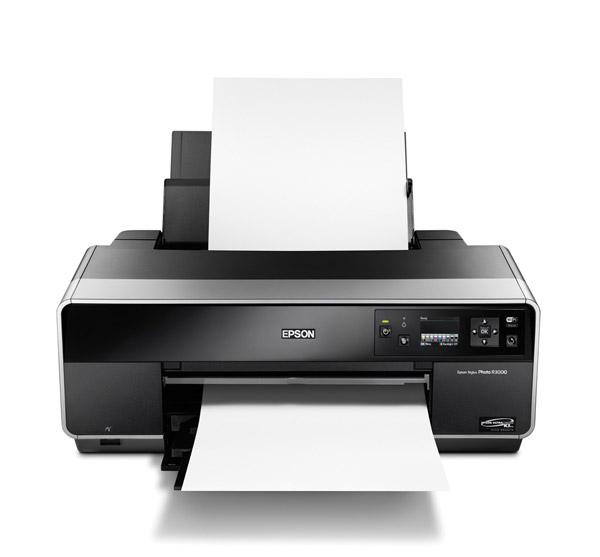George Schaub
|
Mar 19, 2013 |
First Published: Feb 01, 2013
|
Feb 07, 2013 |
First Published: Jan 01, 2013
|
Feb 07, 2013 |
First Published: Jan 01, 2013
|
Feb 07, 2013 |
First Published: Jan 01, 2013
|
Jan 18, 2013 |
First Published: Dec 01, 2012







